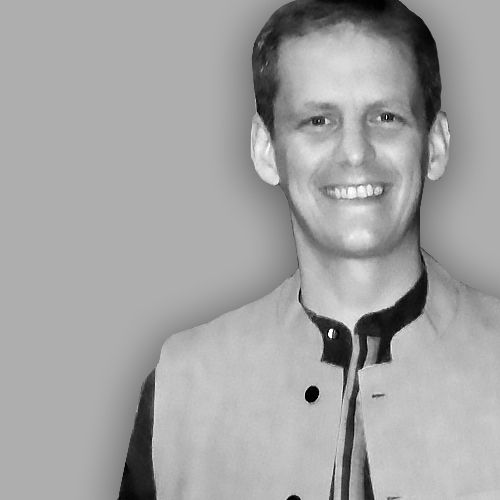Financial policies created by the Federal Reserve (Fed) are games between hawks and doves.
Hawks are those who see higher interest rates as a curb to inflation and have been mostly in control in recent months. However, power seems to be shifting to the Doves, who see lower interest rates as the best means for economic growth. A ‘dove trap’ is a scenario in which doves are leading, but are driven into a situation where there is no choice but to raise rates. Market climates force doves to turn hawkish, pushing rates upwards, against their better judgment.What Trap?
For now, the doves seem to have the most sway in the markets. There is little or no talk of an interest rate increase, as the Fed meets this week to determine the next steps for the economy. However, there are at least three scenarios in which the Fed could reverse its stance. First, Q1 economic growth reached 3.2 percent this year. This is drastically stronger than was previously expected and has led to fears of inflation. While the data suggests that this number is based largely on retail inventory increases, it nevertheless shows strong growth. An extremely strong second quarter would force dove hands. Increased growth would show that the market was moving too quickly, and an interest rate increase would be required. Second, the Fed is notoriously double-minded. What seems good today could change tomorrow and without notice. The dovish situation with interest rates could rapidly change without warning and without raw data, and based solely on the apparent whim of the rate-makers. Things could turn hawkish simply by rote. Finally, the attempt to orchestrate a ‘soft landing’ to match current growth trends may only apply to future growth cycles. The Fed has previously instated policies in hindsight, suggesting changes only for future cycles. While the current dovish stance is stable, rate increases might already be in the cards for the current cycle.Doves, Hawks, and Bitcoin — Oh My!
The mix of dove and hawk policy making reveals that the Fed is mostly tinkering with economic decision making. As numbers are reported, the Fed seeks to respond and create scenarios that protect economic growth and limit inflation. There may be no choice for markets except for a dove trap. But tinkering is tinkering, and what actually happens is anyone’s guess. The next rate cut or rate hike could easily be misapplied, leaving investors in another 2008-style recessionary period. Doves and hawks alike know this is a very real possibility. Bitcoin (BTC) on the other hand functions as a payment method independent of policy tinkering. While still rooted in economic realities, Bitcoin is freed by decentralized policies to move with the market. Though some control may be necessary, a system that limits tinkering might be what investors turn to in the coming market change. Do you think the Fed’s tinkering has the markets in a dove trap? Will investors turn to non-regulated currency instruments like Bitcoin as the current cycle winds down? Let us know your thoughts in the comments below!Disclaimer
In adherence to the Trust Project guidelines, BeInCrypto is committed to unbiased, transparent reporting. This news article aims to provide accurate, timely information. However, readers are advised to verify facts independently and consult with a professional before making any decisions based on this content. Please note that our Terms and Conditions, Privacy Policy, and Disclaimers have been updated.

Jon Buck
With a background in science and writing, Jon's cryptophile days started in 2011 when he first heard about Bitcoin. Since then he's been learning, investing, and writing about cryptocurrencies and blockchain technology for some of the biggest publications and ICOs in the industry. After a brief stint in India, he and his family live in southern CA.
With a background in science and writing, Jon's cryptophile days started in 2011 when he first heard about Bitcoin. Since then he's been learning, investing, and writing about cryptocurrencies and blockchain technology for some of the biggest publications and ICOs in the industry. After a brief stint in India, he and his family live in southern CA.
READ FULL BIO
Sponsored
Sponsored


